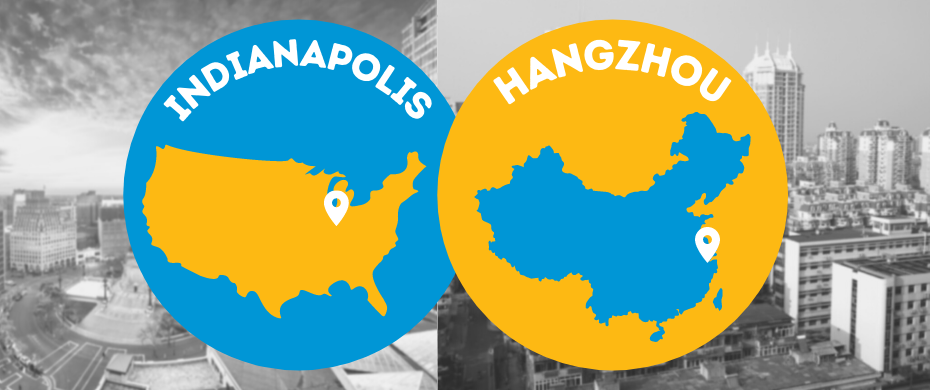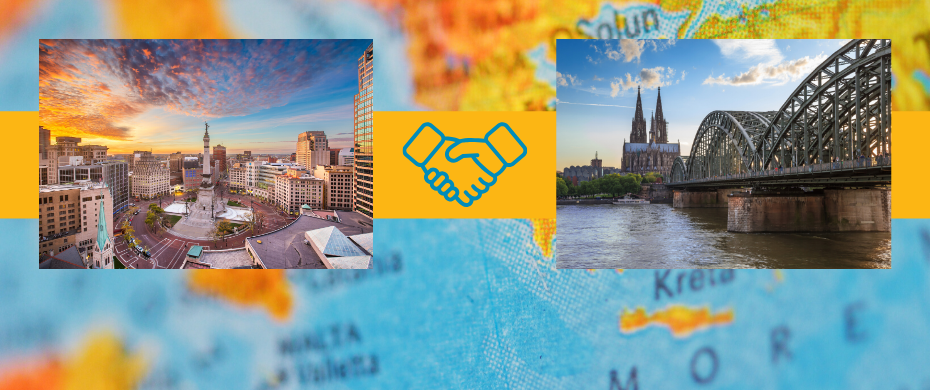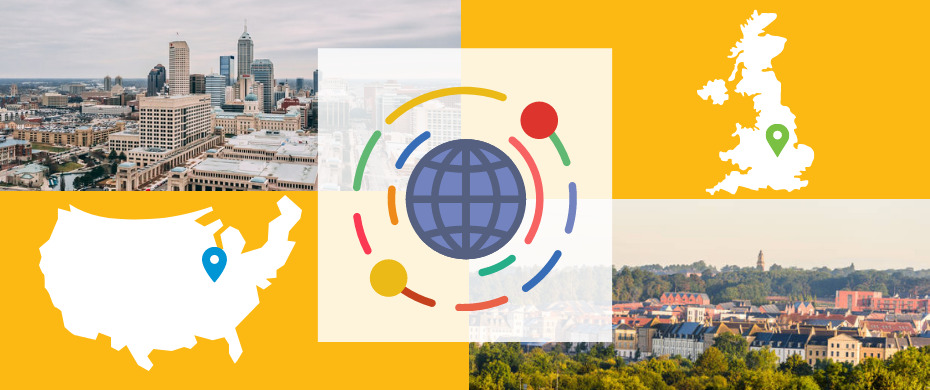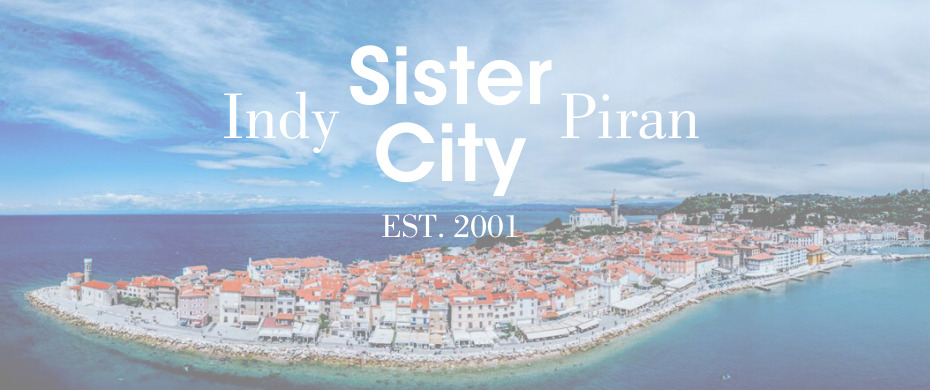INDIANAPOLIS SISTER CITIES: HANGZHOU, CHINA
Hangzhou, China became a sister city to Indianapolis in December of 2008 under Mayor Greg Ballard. Hangzhou was Indianapolis’ fifth of nine sister cities and second of three partnerships with a country in Asia. Indianapolis’ union with Hangzhou was created to build connections between culture, education and business, specifically the automotive parts manufacturing industry. The partnership with Hangzhou prompted librarian exchange, Perry Township School District educational collaboration and a study trip for Butler University. In April of 2020, the Foreign Affairs Office of Hangzhou donated 10,000 N95 masks to Indianapolis to fight COVID-19.

BRIEF HISTORY
Hangzhou, located in central East China, is the capital city of the Zhejiang Province. The state of Indiana and Zhejiang Province have had a sister state relationship since 1987. The city of Hangzhou is one of China’s seven ancient capitals. Its history can be traced back over 2,200 years to the Qin Dynasty. During the Ming and Qing dynasties, Hangzhou became the capital of Zhejiang and established the city’s wealth through the rice and silk industries. Hangzhou has remained a center for domestic and foreign trade since 1896 and became the focus network of modern motor roads in the 1930s. This city is the transportation hub for all southeast China. Hangzhou is home to the world’s longest canal called the Grand Canal, or the Beijing-Hangzhou Grand Canal.
CULTURE
Hangzhou is commonly referred to as “Silk City” or the “Tea Capital” of China. “Silk City” is home to the largest silk museum in the world, the Chinese National Silk Museum. This museum highlights the history and benefits of silk as well as its importance on the Silk Road. The “Tea Capital” is known for its famous Longjing tea, also called Dragon Well tea. Longjing tea, named after a small village in Hangzhou, is hand-picked twice a year and can be sampled from one of the city’s numerous tea plantations. The city of Hangzhou houses China’s only museum exclusively dedicated to Chinese tea. Other than silk and tea, Hangzhou is famous for being a center of culture, producing numerous writers, painters, and poets. Many artists in Hangzhou receive their inspiration from the beautiful scenery throughout the city.
FOOD
Hangzhou cuisine a part of Zhejiang cuisine, maintaining fresh and light flavor while avoiding spicy seasonings. This cuisine is famous for a style of cooking that highlights exceptional knife skills. Hangzhou cuisine at one time was split into two different parts, lake cuisine and city cuisine. Lake cuisine featured seafood and vegetables, whereas city cuisine contained domestic animals and birds. However, these distinctions between lake and city cuisine are not applicable today.
Two staple dishes in Hangzhou are Braised Dongpo Pork and West Lake Vinegar Fish. The pork dish includes traditional ingredients for Chinese cuisine including, ginger, scallions, soy sauce and rice wine. The West Lake Vinegar Fish is fresh carp served in a sweet and sour sauce. This specific dish often highlights the chefs’ talented cutlery skills.
HANGZHOU TODAY
The city of Hangzhou has managed to preserve the historic scenery making it a top tourist attraction as well as an industrial center. Hangzhou’s silk industry now produces both silk and cotton. The city’s electronics manufacturing also boosts its economy. Hangzhou has hence become an economic center and base of exports in China.
Unlike Indianapolis’ flat landscape, Hangzhou is situated among hills and valleys. The beautiful scenery along with historic architecture, monasteries and gardens draw national tourism to the city of Hangzhou
For more information and involvement opportunities contact Peter Kirkwood, Protocol Officer at The International Center and the Indiana State Representative for Sister Cities International.
By Taylor Bisson, Marketing and Communications Intern









